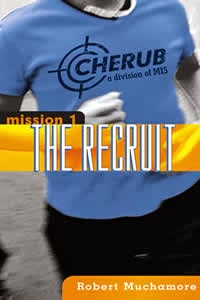People who love children’s literature often enjoy trying to
guess who will win the winners of the biggest awards given annually to the best
children’s books: the Caldecott Medal, given to the best-illustrated children’s
book, and the Newbery Medal, given to the best-written children’s book. The
winners of the medals are announced in January at the American Library
Association’s Midwinter conference and it’s a Big Deal since the medals are
considered the Academy Awards of the kid lit world. Hundreds of librarians –
including me -- will be on hand early on the morning of January 27 in a
conference hall in Philadelphia to watch the award announcements in person, and
thousands of others will watch via the Internet. While the Caldecott and
Newbery medals are the big kahuna awards, there also are lots of other great
children’s literature awards, including the Sibert Medal, given to the best
non-fiction book for kids, the Printz Award, given to the best book for teens,
the Geisel Award for the best beginning reader, etc.
Before the
award announcements, however, there’s always a lot of buzz in librarian circles
about the possible Caldecott and Newbery winners. I’m gathering up some of the
possibilities now and will post on them in a couple of weeks. It’s important to
note, however, that the awards process is top-secret. The choices are made
by committees of librarians – one
committee for each award – and the committees meet literally behind closed
doors. In fact, members of the awards
committees are forbidden from ever – I mean, ever! – revealing what goes on
behind those doors.
But that
doesn’t mean the rest of us can’t have a lot of fun guessing about what some of
the medal-worthy possibilities might be. In fact, many libraries hold their own
“mock” Caldecott and Newbery medal discussions (look for an upcoming Tales from
the Library on my library’s Caldecott Club, a kind of “mock-mock” Caldecott
discussion group). And there are some great blogs out there in which people have
serious yet entertaining discussions about the literary and artistic merits of
books that might be Caldecott or Newbery possibilities. Two of my favorites are
Heavy Medal: A Mock Newbery Blog and Calling Caldecott.
They’re both worth peeking at; if nothing else, you’ll learn about what
librarians and other children’s literature experts consider some of the top
kids’ books that were published this year. Heavy Medal’s discussion shortlist
for their mock 2014 Newbery has a great mix of books, as does the Calling Caldecott list.
One more
thing to add to the mix: to win the Newbery or Caldecott medal, the author or
illustrator has to either be American or live here, and the books also must be
published in the United States. So there’s always a whole bunch of books that
are fabulous, but are ineligible for either award because they weren’t
published here or weren’t written by an American or U.S. resident. One of my favorite
picture books from last year, for example, was “Press Here,” written and
illustrated by Herve Tullet; he’s French, and lives in Paris, so the book
wasn’t eligible for the Caldecott Medal. In a recent Calling Caldecott blog
post titled “Ineligible Internationals,” school librarian Robin Smith discussed
this issue,
and also pointed to an effort designed to highlight some of the ineligible
picture books. It’s called a “Mock Caldenott” and it is a truly creative idea.
We might try it at our library next year!












